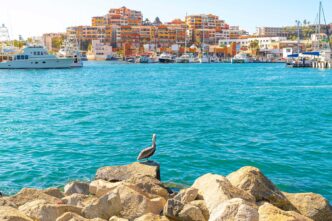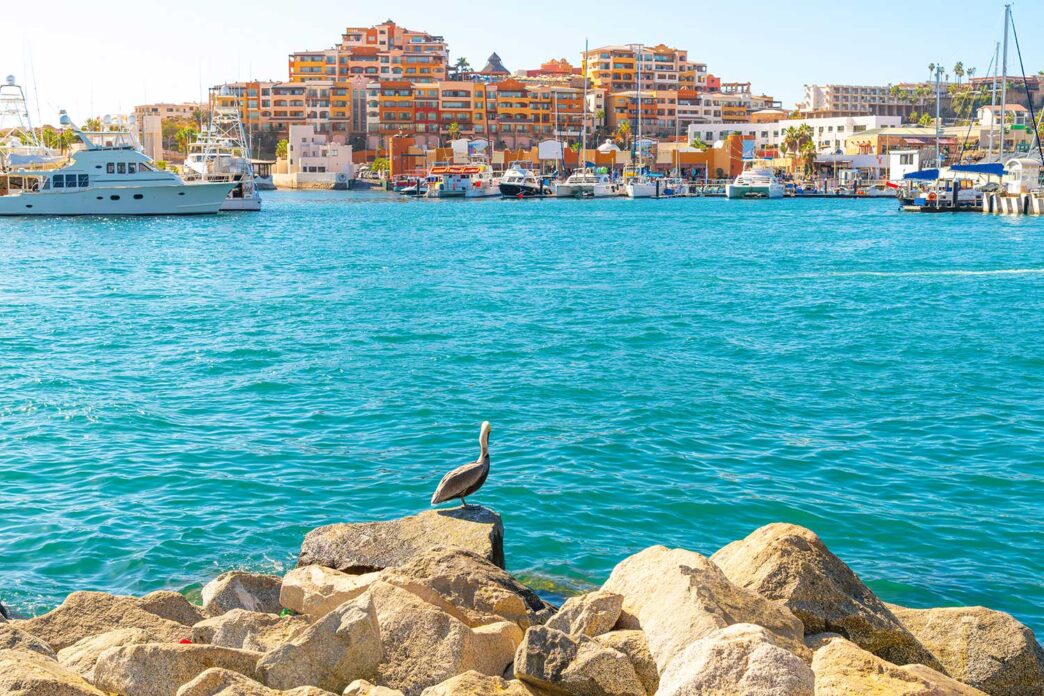Los Cabos is evolving beyond beach loungers and margaritas. Today’s travelers want more than escape. They want renewal, and the Baja California destination is answering the call.
With hotel rates adjusting to market shifts, domestic travelers rediscovering the region, and wellness becoming central to its economy, 2025 is shaping up to be a transformative year for Los Cabos tourism.
The region is on track to welcome more than 4.13 million visitors this year, potentially marking its fourth consecutive annual tourism record, according to data from FITURCA (Los Cabos Tourism Board) and SECTUR (Mexico’s Tourism Ministry).
A surge in domestic tourism, particularly from Mexico City and Jalisco, is helping position Los Cabos as one of Mexico’s most resilient luxury destinations.
Hotel pricing is undergoing a subtle recalibration. For the first time in years, average room rates are down, creating more flexibility for travelers without compromising the region’s upscale image.
In March 2025, the average nightly rate dropped 10% year-over-year to $498. By April, it dipped further to $488. Despite the decline, visitor numbers are rising, suggesting the destination’s appeal transcends price.
Occupancy and rate patterns reveal a rebalancing across key areas:
Cabo San Lucas: Occupancy near 78%; rates up 5% to $355 per night.
San José del Cabo: Occupancy at 70%; rates down 18% to $279.
East Cape (“La Ruta Escénica”): Still the priciest area at $665 per night, despite a 6% drop.
Rather than signaling a loss of exclusivity, these shifts reflect a region fine-tuning its offerings to match evolving traveler expectations.
A notable trend in 2025 is rising domestic tourism. In the first four months of the year, arrivals from within Mexico rose 8.5%, totaling over 463,000. International visits dipped slightly by 0.4%, though the U.S. remains the top source, with 913,000 visitors.
Air connectivity is a key driver. Los Cabos is now linked to 32 U.S. cities and 16 Mexican destinations, twice as many as a decade ago. While California accounts for 37% of international arrivals, Canada is gaining ground, increasing its share by over 4%.
Mexico City leads among domestic markets, contributing 35% of local travelers, followed by Jalisco with 21%. As more Mexican tourists explore their own coasts, Los Cabos is seeing a healthier, more balanced travel ecosystem, mixing international luxury seekers with domestic visitors in search of authenticity.
Perhaps the most telling sign of sustained success is the loyalty of visitors. As of March, 38% of travelers were return visitors, just shy of the 2021 high of 40%.
Though lower than Las Vegas’s 86% repeat rate, it’s the highest among Mexican destinations. That matters. According to global tourism benchmarks, retaining visitors is 15 to 20 times more profitable than acquiring new ones. High return rates signal satisfaction, brand loyalty, and economic stability for local businesses.
Wellness is emerging as a core pillar of Los Cabos’ identity. Today, about 18% of visitors cite wellness as a key motivation, from luxury spas to beachfront yoga retreats.
The trend is timely. Globally, wellness travel is a $650 billion market and growing. Wellness travelers report 91% satisfaction and spend around $3,000 per trip, fitting neatly into Los Cabos’ luxury positioning.
Rather than chasing sheer visitor numbers, Los Cabos is focusing on satisfaction, retention, and experience-driven tourism. This strategy could help the region stand apart from overcrowded competitors and position itself as a model for sustainable luxury tourism.



